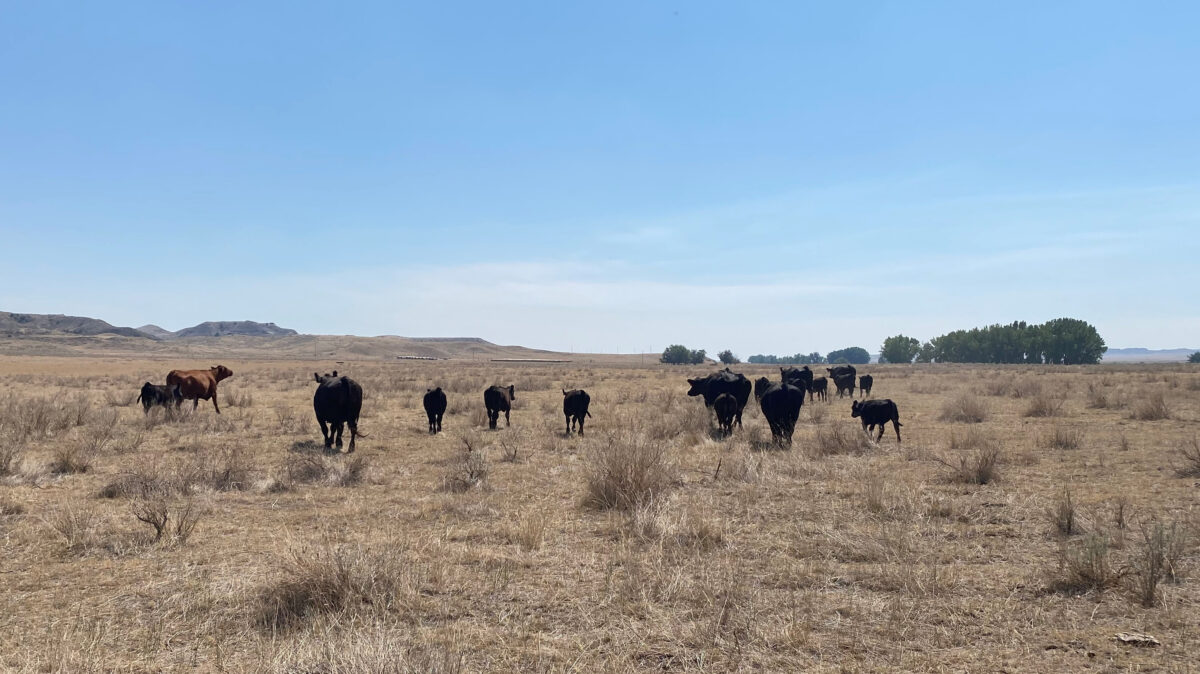Ranchers Caring for Our Shared Wide-Open Spaces
TOPICS
PastureZippy Duvall
President

photo credit: Montana Farm Bureau, Used with Permission
Zippy Duvall
President
Take a drive through the countryside in many states, and chances are you’ll catch the familiar sight of cattle roaming pastures and rangeland. As you move West, the rangeland gets more expansive, and you’ll see fewer private property signs. In Western states, the federal government owns every other acre of land, which has been placed in the public trust for all Americans to take part in enjoying, using and conserving.
Americans are taking to the road again this summer to enjoy our nation’s wide-open spaces, forests and parks. These lands are under watchful care no matter the season. Many people are surprised when I tell them America’s ranchers are often the first caretakers and first responders to ensure the safety and sustainability of our public lands.
For more than 40 years, federal law has protected “multiple use” management of public lands, which permits a wide range of activities from recreation to ranching. Nationwide, more than 200 million acres of public lands are used for grazing, mainly in the West.
Grazing on public lands is critical to conserving our nation’s vast open lands.
Grazing on public lands is critical to conserving our nation’s vast open lands. It helps reduce the risk of devastating wildfires, slows the spread of invasive weeds, helps build robust root systems and spurs forage growth. In some areas, wildlife will follow cattle herds to eat the new forage that grows once the herd has moved on. This cycle helps increase the health of wildlife habitats.
Ranchers often serve as volunteer caretakers, spotting wildfires, clearing debris and reporting dangers to local law enforcement. A 2017 report from University of Wyoming Extension found that for each pound of beef raised on public lands, we get $0.44 in ecosystem related returns. These returns are benefits like habitat maintenance, biodiversity, forage production, recreation and tourism. Both public and private rangelands support over 23 million head of cattle, and our beef cattle ranches are responsible for 2.1 million jobs across the country.
As some of the original conservationists, America’s ranchers work hard to responsibly manage and conserve rangeland, both public and private. Recently the Biden administration laid out principles to help the federal government reach its goal of conserving 30% of our nation’s land by 2030. We must remember—and remind lawmakers—that conservation and productive use of land go hand-in-hand. The work ranchers do on public lands already plays an important role in conservation, and I was happy to see that the administration acknowledged the importance of working public lands in their report.
Ranchers could be even more effective at conserving our nation’s public lands if we further streamlined the regulatory process for grazing permits. The National Environmental Policy Act was passed in the 1960s with the goal of helping protect and enhance our environment. Today, bureaucratic red tape and backlogs can result in ranchers waiting more than a decade for the environmental review process as they seek a grazing permit. Worse yet, these delays often occur on renewal applications.
Responsible management of our rangeland benefits all stakeholders. We are each one of those stakeholders because our public lands are for everyone. Farmers and ranchers know firsthand the importance of conservation in keeping all our nation’s land productive and thriving. For generations, ranchers have done their part to protect the land and ensure our children and our grandchildren can enjoy the wide open spaces we cherish across our great country.
Zippy Duvall
President
Vincent “Zippy” Duvall, a poultry, cattle and hay producer from Greene County, Georgia, is the 12th president of the American Farm Bureau Federation.